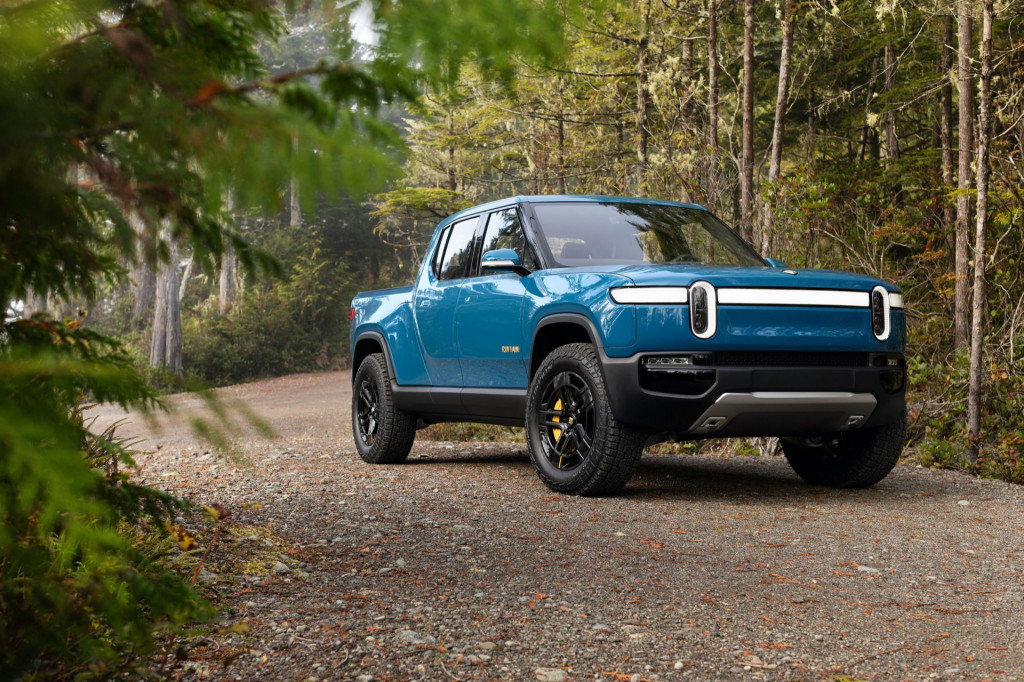Tesla has made the sale of emissions credits to other automakers a significant part of its revenue, and that could continue under stricter emissions standards enacted by the Biden administration, according to a new IHS Markit report.
These new standards, along with stricter rules expected in Europe and China, could form "a lucrative revenue stream" for Tesla in the coming years, IHS Markit argues—and, perhaps, other EV newcomers.
Automakers that exceed fleet emissions targets generate credits, which can then be sold to automakers that fail to meet targets. Because Tesla's lineup is all-electric, the automaker has done a brisk business selling emissions credits. It's earned $5.3 billion from credit sales and emissions pooling globally, IHS Markit noted, citing United States Securities and Exchange Commission (SEC) filings.

MY2026 projected gallons better/worse than EPA std - IHS Markit
The EPA has proposed standards that represent a cumulative 28% increase in stringency over the 2023-2026 model year period, IHS Markit noted. The organization predicts that fuel-economy improvements might not keep pace with these standards, leading to increased credit trading.
Under the current rules, an EPA report in 2021 seemed to suggest that the fleet rules themselves were too easy for automakers to meet—especially considering the workarounds with "off-cycle" credits. Larger trucks especially continue to be allowed a lower bar in the U.S. standards, as vehicles are categorized by their "footprint," as well as separately by cars and light trucks.
For the 2026 model year, Tesla is predicted to have the most available credits to sell, followed by Toyota and Volvo, according to IHS Markit. Rivian, Lucid, and Fisker are projected in the next three positions, but it's not guaranteed that they will be able to scale up vehicle production.

Rivian R1T
This could be welcome news for Tesla, which could otherwise see some of its emissions-credit revenue dry up. For example, Fiat Chrysler Automobiles (FCA) paid hundreds of millions to Tesla for emissions credits, enabling more Ram and Jeep truck sales, but it says that as Stellantis it won't need such credits.
Credit opportunities will be the strongest in Europe over the next several years, IHS Markit predicts—potentially one reason why Tesla is pushing hard to ramp its 'Giga Berlin' plant quickly.
Looking ahead, automakers will also face steeper fines for exceeding their allowed fleet emissions—potentially further driving up the price of credits.












